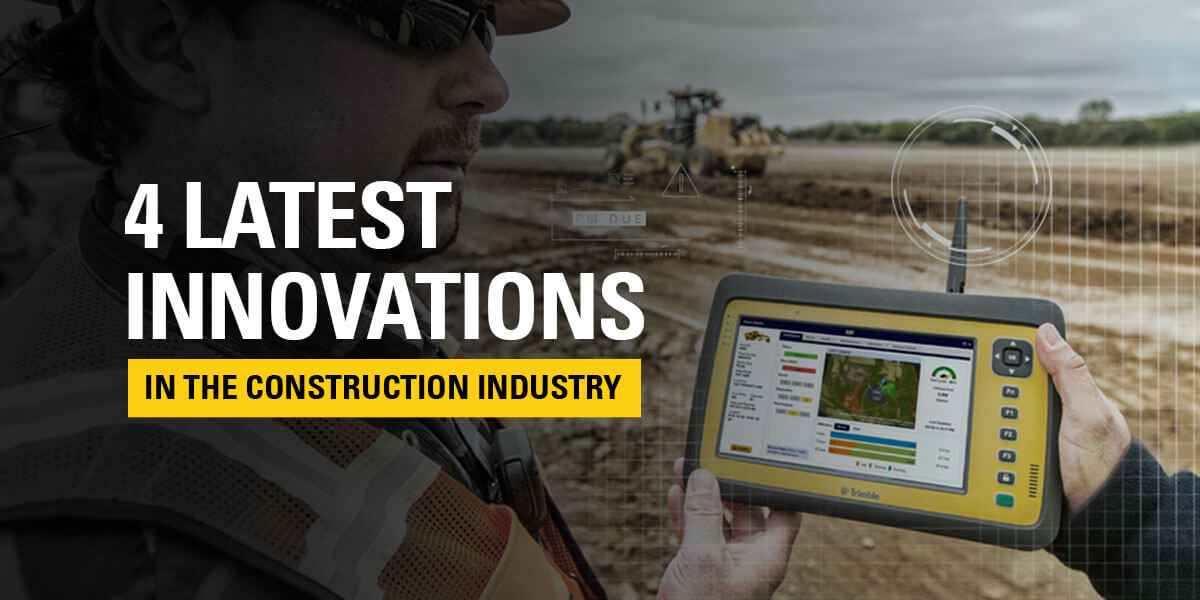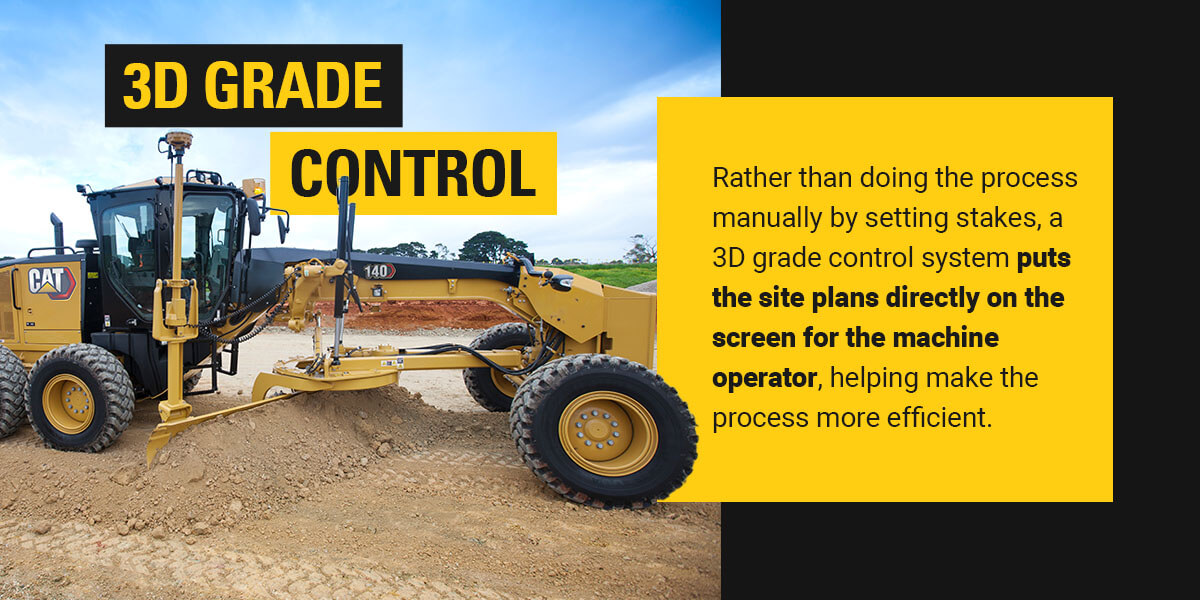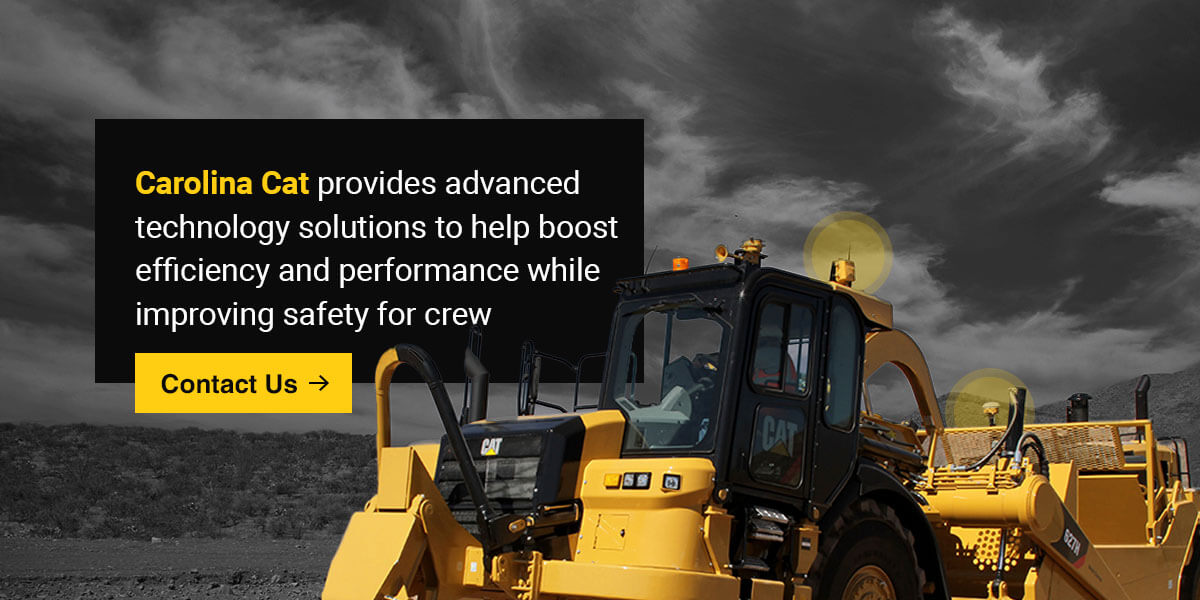Construction technology is changing the industry’s landscape. The latest innovations in construction are helping boost productivity, efficiency and scheduling, allowing projects to be completed sooner and more accurately. These innovations are progressing rapidly, revolutionizing existing practices.
As the construction industry changes, more exciting innovations will help advance the industry. Below are some of the most popular technologies in the industry and how they can help with your future construction projects.
1. Artificial Intelligence and Machine Learning
Artificial intelligence (AI) and machine learning technology are becoming more commonplace in the construction industry. These technologies are being used to optimize workflows to ensure projects are successful as possible.
AI is making communication, data transfer or analysis, and transparency easier, which drives greater productivity and profits. Machine learning is also improving outcomes for construction companies. This technology can analyze historical and current data to aid in predicting the outcomes of future projects, which can help construction companies make better choices and plan future decisions.
AI and machine learning are particularly useful in construction’s changing landscape. Some of the most notable benefits of this new technology in construction include:
- Improving design qualities to make spaces better for end users.
- Creating a safer worksite by analyzing accident risks and generating safety protocols.
- Identifying risks before they occur and assessing the impact of existing risks.
- Using data to manage repairs and renovations to extend the life span of a project.
- Analyzing data to determine the best way to perform maintenance and repairs.
- Automating repetitive tasks to streamline processes and improve project outcomes.
As AI and machine learning technology access more data, these systems’ benefits will grow for construction companies. Organizing and integrating your construction data can help you make the most out of the intuitive systems.
2. Drones
Drones have been used on construction sites for years, particularly for site evaluations and monitoring. Today, drones have advanced to incorporate AI, 3D scanners and aerial imagery. Drones are quickly revolutionizing different construction procedures, improving project management outcomes.
Drones are used in various ways across construction sites:
- Collaboration: New drone technology can be used to create 3D construction site models, allowing for greater collaboration among contractors. Everyone can access the most recent and relevant information, no matter where they are.
- Inventory: Construction companies can use drones to track their assets and ensure they have what they need for a project, such as building materials. You can also use this technology to improve safety when reaching asset inventory in hard-to-reach locations.
- Design: You can use new construction drones to evaluate productivity on job project sites. You can use drones to assist with design and check for hazards within a project to prevent injury and downtime.
- Site analysis: Drones are commonly used in the construction industry for site analysis, a critical first step for any project. Drones allow you to facilitate this process quickly and efficiently without sacrificing accuracy.
Drones have numerous applications on construction sites, which increases their benefits. Some of the most notable benefits of drone technology on construction sites are improving safety, maximizing efficiency, creating accurate data collection and reducing variability in expense management.
3. 3D Grade Control
3D grade control refers to a precision grading system, which helps you improve the efficiency of grading machines including motor graders, excavators and bulldozers. Rather than doing the process manually by setting stakes, a 3D grade control system puts the site plans directly on the screen for the machine operator, helping make the process more efficient.
3D grading systems offer numerous benefits, including:
- Improved productivity: Traditional grading methods can be slow, resulting in higher costs and more downtime. 3D grade control systems can help boost productivity, which helps generate fuel savings, better quality and grading efficiency.
- Better versatility: You can use 3D grade control systems alongside other technology platforms to work on different applications.
- Simplified usage: High-quality 3D grade systems are easy for operators to use. These systems can adjust for different variables, such as cross slope and elevation, to make it easier for operators to complete grading tasks.
- Reduced costs: Traditional grading requires staking and confirming stake locations, which can create delays across construction projects. 3D grade systems can help you minimize downtime, therefore reducing overall costs.
3D grade control technologies can help you enhance the performance of your grading equipment, allowing you to complete tasks sooner with more accuracy and efficiency. You’ll save money, time and materials to help you maximize the performance of your construction projects.
4. Equipment Management
Equipment management systems can help you manage your equipment fleet more effectively for various construction projects. Even if you have the most effective equipment on the market, equipment management services can help you maximize the productivity and efficiency of your fleet.
Equipment management services can help you collect data in real time, providing valuable information to help you determine the health of your equipment, where it is, how it’s being operated and how you can maximize its performance.
Different features of an equipment management system include:
- Asset tracking: An equipment management system allows you to monitor your equipment assets remotely, including their usage and location. You can use this technology to improve your maintenance scheduling, determine where you can better utilize your equipment and when you should plan inspections or repairs.
- Fluid analysis: This service allows you to test different fluid levels and conditions to prevent failures that could result in unexpected downtime, including fuel, oil and coolants.
- Condition monitoring: With equipment management systems, you can monitor the condition of your equipment, including fluid conditions, inspection information and other key metrics. You can also receive notifications when your equipment may need attention, such as inspection or maintenance reminders.
- Maintenance and repair scheduling: Equipment maintenance systems provide detailed information about necessary maintenance and repairs, allowing you to plan and schedule appointments to care for your equipment.
- Inspection management: This technology can help you manage your inspection schedule so you never miss an assessment for your equipment fleet. You’ll receive detailed information and reports to help you stay updated on your equipment’s condition.
How Carolina Cat Can Support Your Innovative Needs
Ready to boost the efficiency of your fleet using cutting-edge construction technology? Our team is ready to help you both revolutionize your business and improve safety for your crew.
Contact us today to discuss how Carolina Cat’s advanced technology solutions can help your enterprises modernize operations in more ways than one.
We offer an extensive range of equipment management services plus 3D grading systems, drones, tracking, monitoring, and diagnostics; Contact SITECH Horizon, our regional construction technology systems partner for more information.


